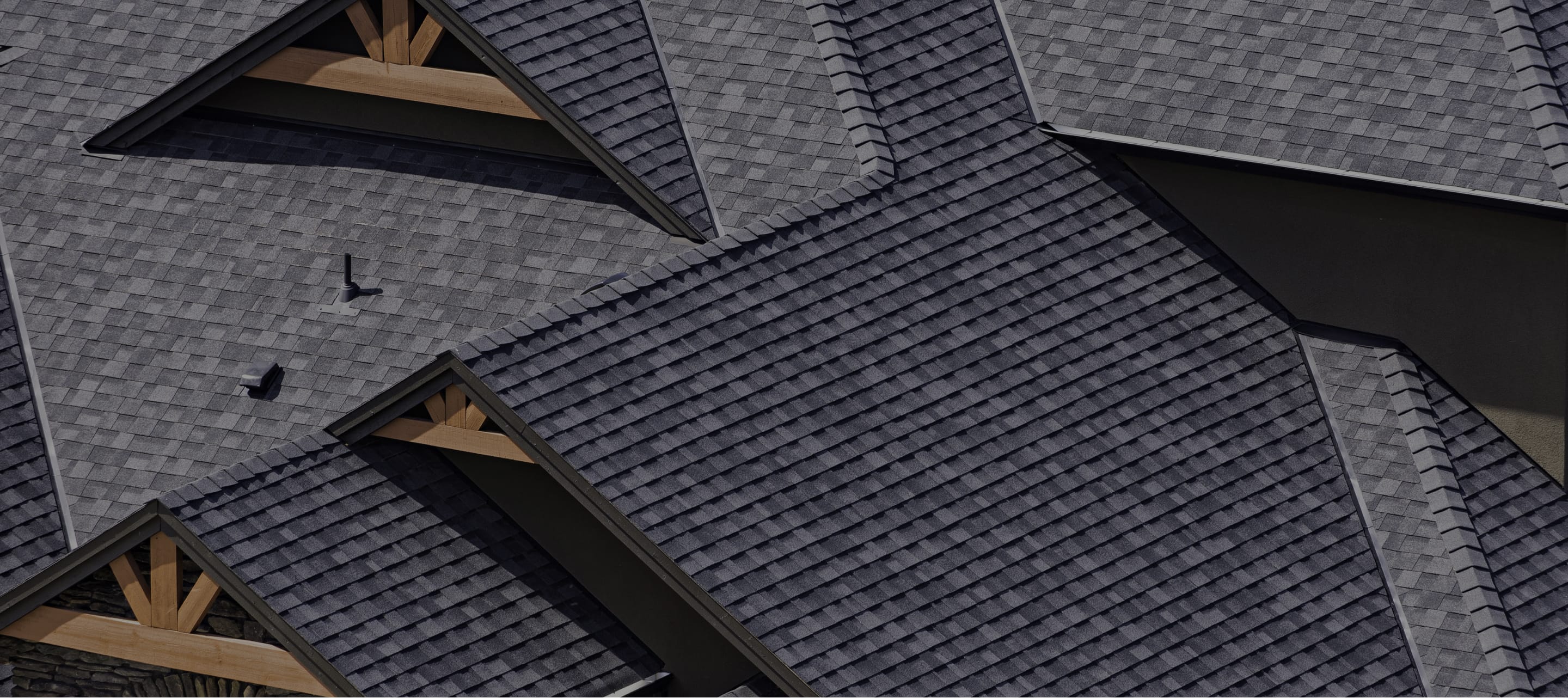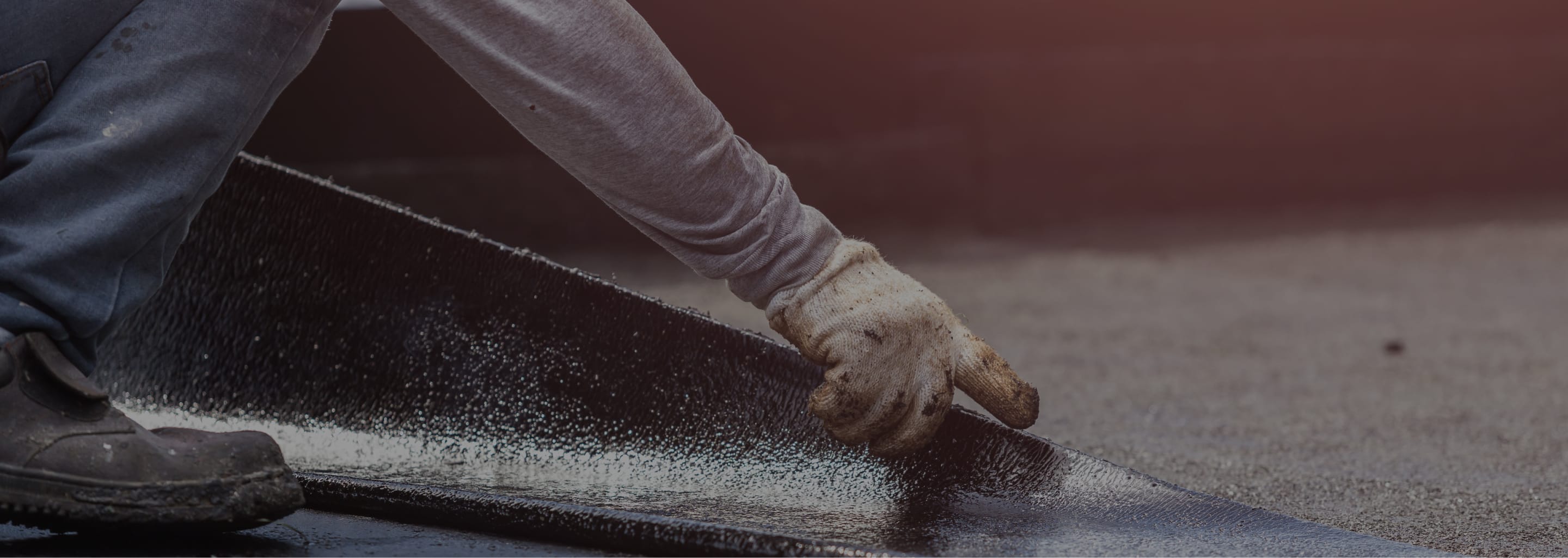Pros Of Flat Roofing
Cost-Effective
Flat roofing systems are often more cost-effective than pitched roofs, primarily due to the use of cheaper materials such as EPDM, TPO, and PVC, which are less expensive than the materials typically used in pitched roofs like tiles, shingles, or metal. This material cost advantage significantly reduces the overall expense of the roofing project.
More Flexible
The flexibility of flat roofing systems offers a range of advantages over their pitched counterparts, significantly enhancing the functionality and usability of the building space. One of the most notable benefits is the ability to utilize the roof area for practical purposes, such as the installation of air conditioning units. This not only optimizes the space within the building by freeing up areas that would otherwise be used for such equipment.
Lower Utility Bills
Flat roofs offer significant energy-saving advantages, making them an ideal choice for clients looking to reduce their energy bills. One of the standout benefits is the ease of installing solar panels on a flat surface compared to the complexities involved with pitched roofs. This straightforward installation not only simplifies the process but also maximizes the efficiency of solar panels by allowing for optimal positioning towards the sun. Additionally, flat roofs are known for their superior insulation properties to help regulate a building's temperature.
Easier Installation
Flat roofing simplifies and accelerates the roofing process, which is advantageous for businesses and property owners alike. This efficiency is not just about saving time; it directly translates into cost savings, as the reduced labor and shorter project timelines lower the overall expense. The quick turnaround is especially beneficial for commercial entities, since it allows businesses to resume their normal operations much sooner than with a pitched roof.







